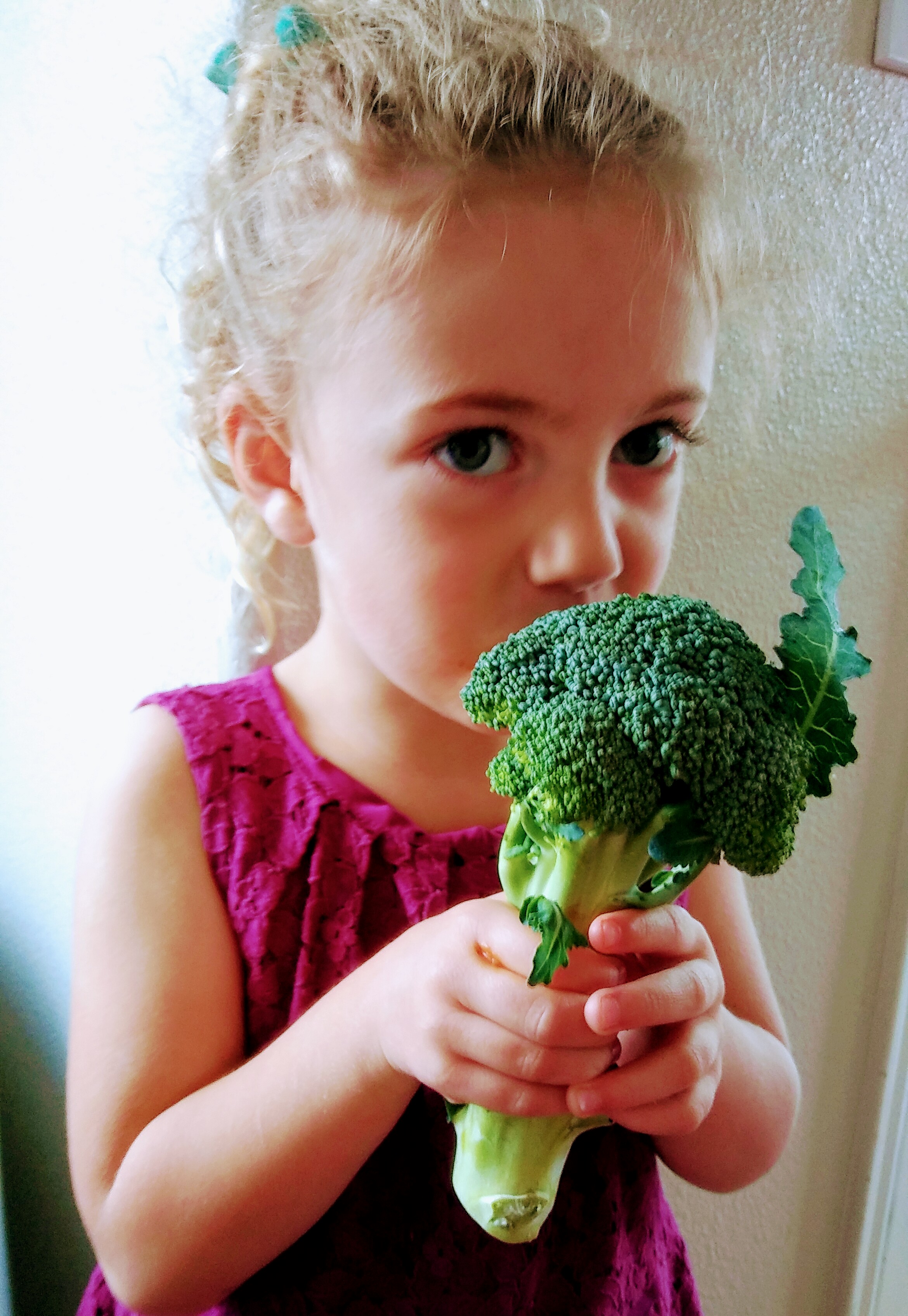
We live in a world of many food choices- some better than others. But in many ways we have created a big disconnect between us and our food. Instead, it is time to reconnect with our food and gain a healthy relationship with it. Here are some tips to have you and your kids start the interaction.
- Make your meals at home.
When you make your meals at home, there is a certain amount of time and effort that go into them. You get the opportunity to see your meals broken down into their many parts and slowly put together, creating a completely different end product. It is important to note the care and love that goes into a meal.
- Have them help.
There are plenty of reasons to kick kids/significant others out of the kitchen- boiling water, hot stoves, sharp knives, getting in the way. But don’t send them out of the kitchen. Make it a family practice to cook together. It makes sure that everyone has a stake in the success of the meal and the process of its creation.
- Know your food.
Where did it come from? Is it an animal? How far did it need to travel before getting to your grocery store? These are good questions to ask so that you can really pay attention to your food. The more mindful of what you are eating, the more you appreciate the work and sacrifice that went into your meal.
- Don’t pressure food intake.
Frustrated parents of picky eaters unite! Kids have very little control in their lives. Food intake and bathroom functions are two that they can control. So if you have a picky eater- or you are a picky eater, then don’t pressure the ‘don’t like’ or ‘unknown’ foods to much. The key is having a new or different item available to try at least once a day.
- Rules for the ‘bad stuff.
Keep treats out of the house if you don’t want them to have it. Keeping treats out of reach creates binge behaviors when they do get the item. This can be spurred on because they don’t know when they will have access to it again or they will ‘hold out’ on eating other items knowing that at some point they will get the treats they want. It is better if ‘treat’ items are consumed out of the house on special occasions.
- Dieting.
Stop worrying about getting back onto a ‘diet or weight loss’ plan. Instead just maintain a healthy diet and exercise. It is better for the long term and trains your family to create healthy habits for themselves.
- Jazz up the veggies.
Vegetables get a bad wrap. Most vegetables taste delicious on their own, but if your kids are refusing to try them- add sauces and light spices. If all else fails- a little ranch dressing or ketchup can usually do the trick.
- Many small portions.
Portion sizes can be confusing for different ages of kids. Time of day, growth spits, and even how hot it is outside can change the amount of food your children eat. So it is best to have multiple small portions of different food and have your kids ask for more. This gives them the opportunity to understand the feeling of being ‘full’ and making healthy food choices.
- Be nice to food.
There is no such thing as bad food- just too big of portions and low nutritional value. So instead of saying that food is ‘bad’ or ‘good’, discuss more about foods that build healthy bodies. It takes your kids out of black and white thinking and more into real consideration of the different options we all have.
- Simple meals.
Deconstruct the meals you create into small portions that are separate sections. Sometimes meals can be overwhelming when kids are figuring out what they like and what they don’t like. This gives them the option to experiment with new foods and still get nutritional value.
- Pay attention to hunger/fullness.
When we become anxious, overwhelmed, or emotional; we often lose the ability to pay attention to how our body is feeling. By being cognizant of how our bodies are feeling while we eat, we learn to stay mindful during meal time and regulate food intake. This is incredibly valuable because this teaches us the skills to maintain healthy consumption when distressed. (reducing night eating, overeating, and under-eating for example).
- Variety.
A good rule of thumb is for every 4 regular foods you experience, try one new item. This rule is more for when you are trying to expand someone’s diet, such as in new or picky eaters. When adding these new items, make sure that the whole family eats it at the same time so the new eater can see that others are eating it too.
- Keep trying.
Some foods take a few times of sampling before we can appreciate them. Having them try the food item prepared in different ways can also help. As children grow their tastes can change, so always giving them the option to try a food they disliked before can expand their regular meal plans. Just keep giving options.
- Be a good example.
The biggest factor in children’s food relationship is you. If you eat poorly, they will make similar choices. If you eat a great deal of sugar, so will they. Your food relationship needs to be healthy so that they can imitate it, creating their own healthy food relationship.
My Challenge to you: If you struggle in these areas, look over these points and create a healthy food relationship plan. Think about the aspects you would like your family to imitate and set the tone for the whole family structure. A healthy food relationship is about the whole household, not individual family members. Work together to make things better.
Happy meal time friends!
– Jessie the Therapist
Photo by: BlueFox Press



